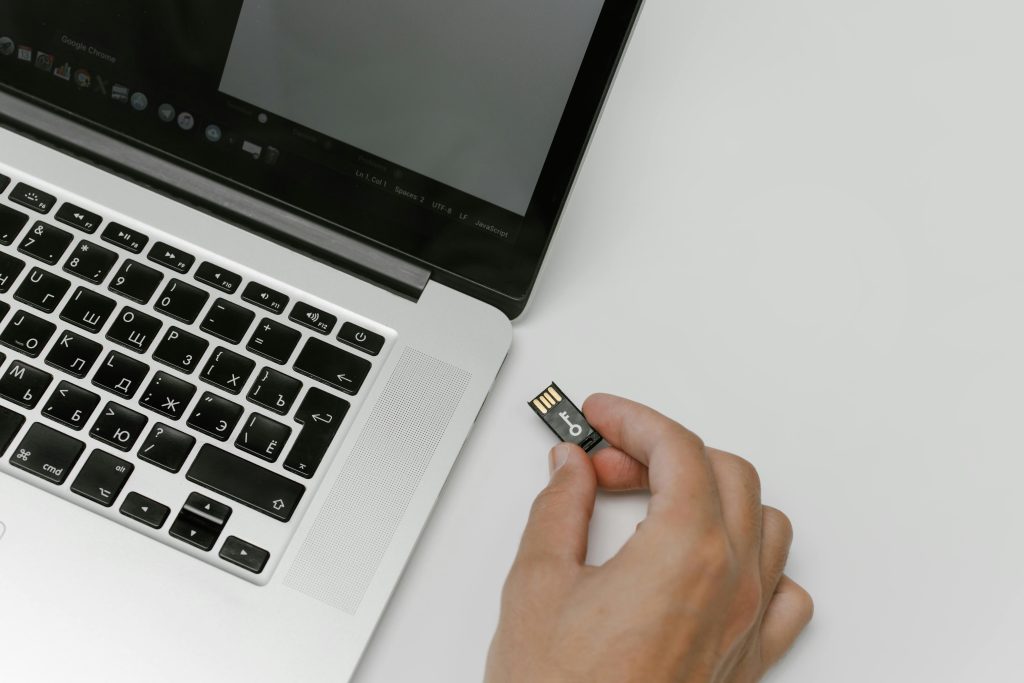Troubleshooting a Non-Mounting External Hard Drive on Mac: What You Need to Know for Data Recovery
If you’re facing the frustrating issue of your 4TB external hard drive not mounting on your Mac—despite appearing in Disk Utility—you’re not alone. Many users encounter this problem, often after their drives unexpectedly fill up due to various background processes, like video caching, which can easily go unnoticed.
Understanding the Situation
In this case, it appears that while your external drive is recognized by Disk Utility, the “Mount” button is unavailable, though the “Repair” option is still accessible. This scenario raises important questions about the best steps to take for recovering your valuable data without exacerbating the situation.
Options for Data Recovery
Given your urgency and the sensitive nature of the data involved, it’s crucial to proceed with caution. Here are a few strategies to consider:
-
Utilize Data Recovery Software: Specialized data recovery applications can often retrieve lost files from drives that won’t mount. Look for reputable programs that offer a trial version, allowing you to scan the drive for recoverable files before making a purchase.
-
Attempt Repair Through Disk Utility: Since the “Repair” option is active, it can be a viable first step. Running a repair can resolve some issues related to disk corruption without data loss. However, it’s essential to understand that this does carry some risk, especially if the drive is severely corrupted.
-
Carbon Copy Cloning: If you’re familiar with cloning software (like Carbon Copy Cloner), and assuming you have another functioning drive to clone to, this could be another way to safeguard your data before attempting any repairs. This process creates a complete copy of the drive’s contents, potentially preserving data integrity during the recovery efforts.
Final Thoughts
Desperation is a common response when faced with the uncertainty of data loss. Regardless of which path you choose, prioritize your data’s safety by avoiding risky maneuvers that might compromise your files further. Assess each option carefully and consider seeking professional data recovery services if you’re uncertain about proceeding on your own.
Feel free to share your experiences or ask more questions—our community is here to help you get your files back safe and sound!
Share this content:




Hi there,
It sounds like your external hard drive is recognized by Disk Utility but not mounting, which can indicate disk corruption or a hardware issue. Before proceeding with any recovery actions, it’s important to avoid writing new data to the drive to prevent overwriting valuable files.
Here are some steps you can take: